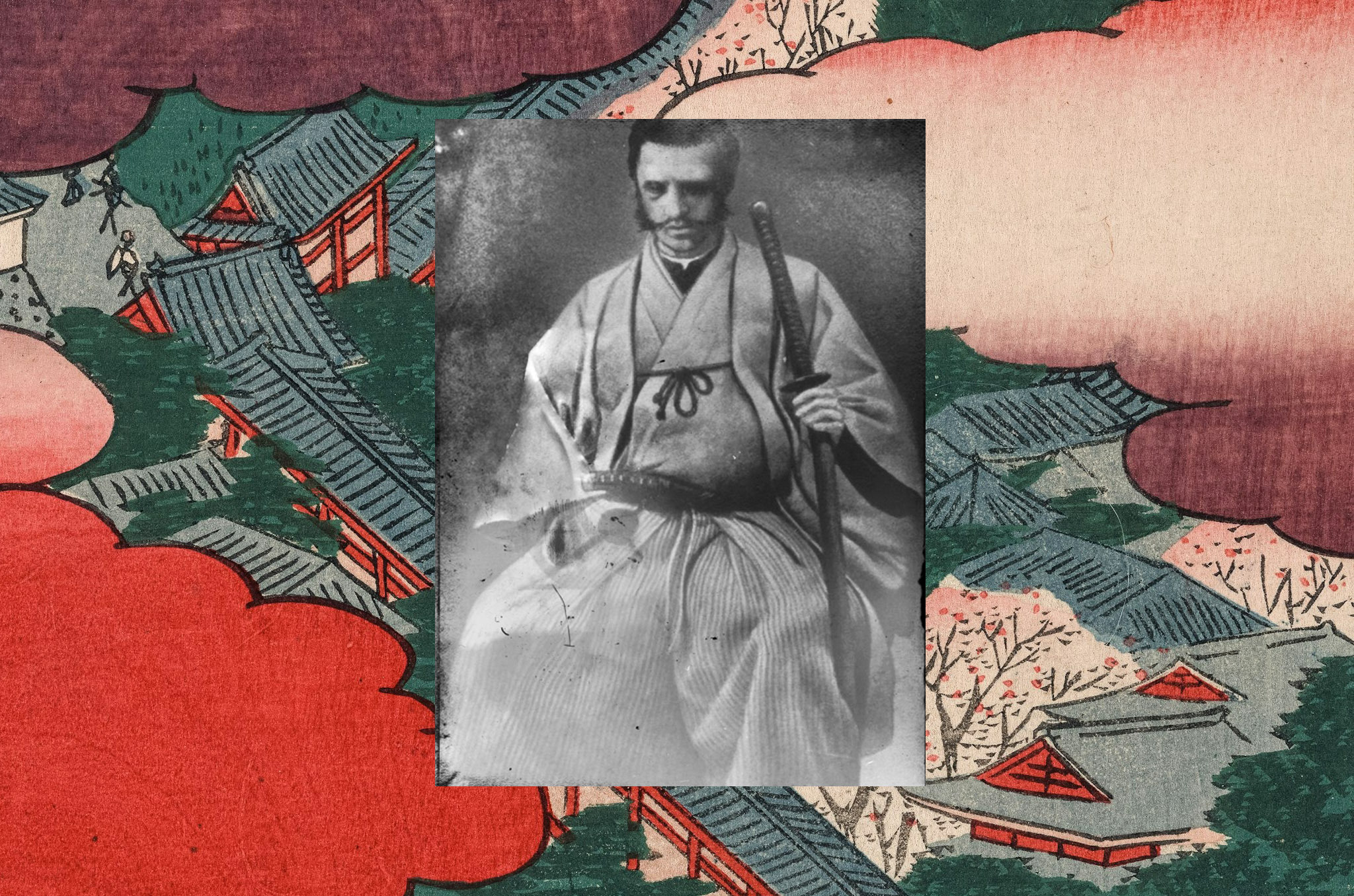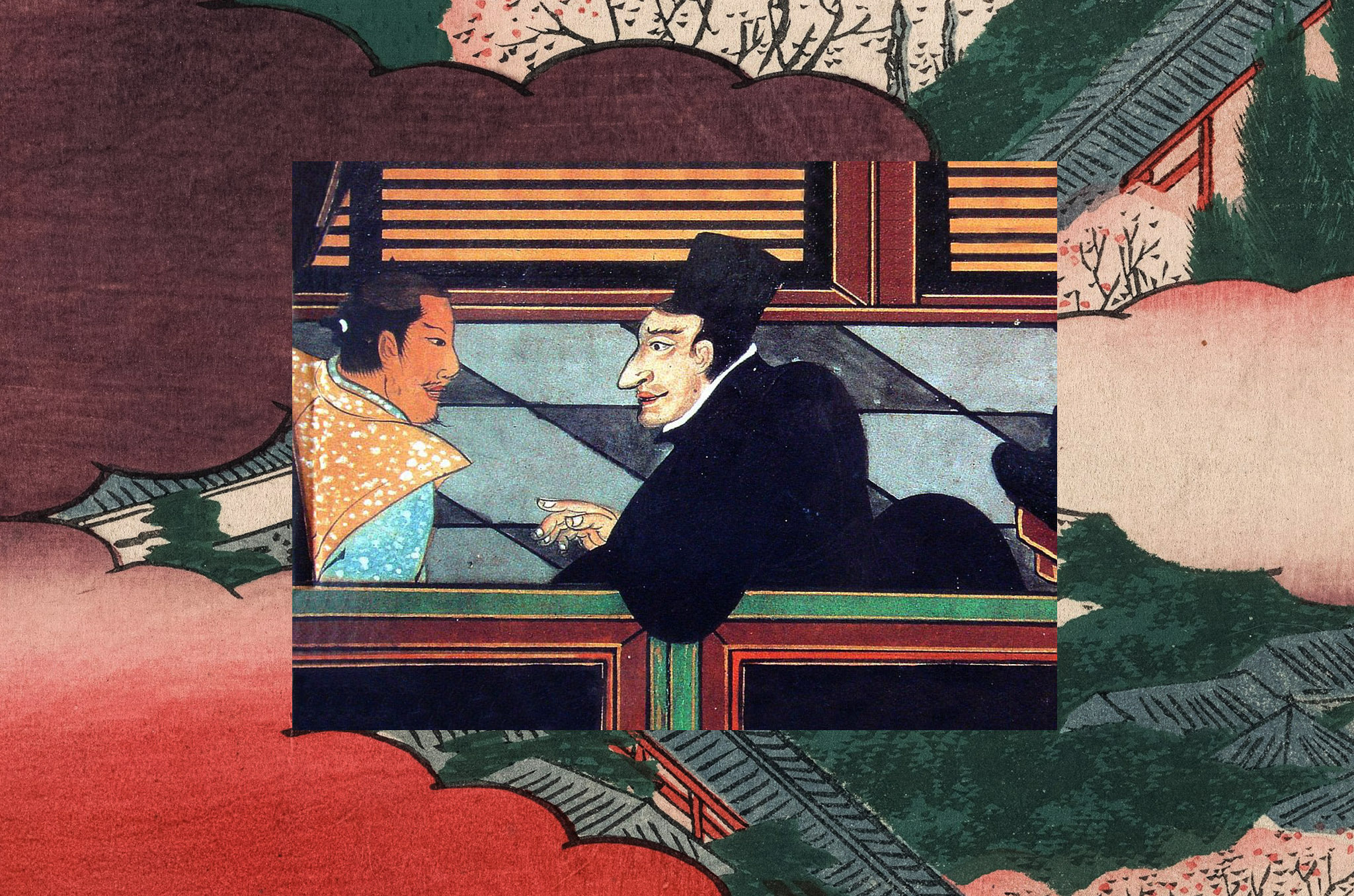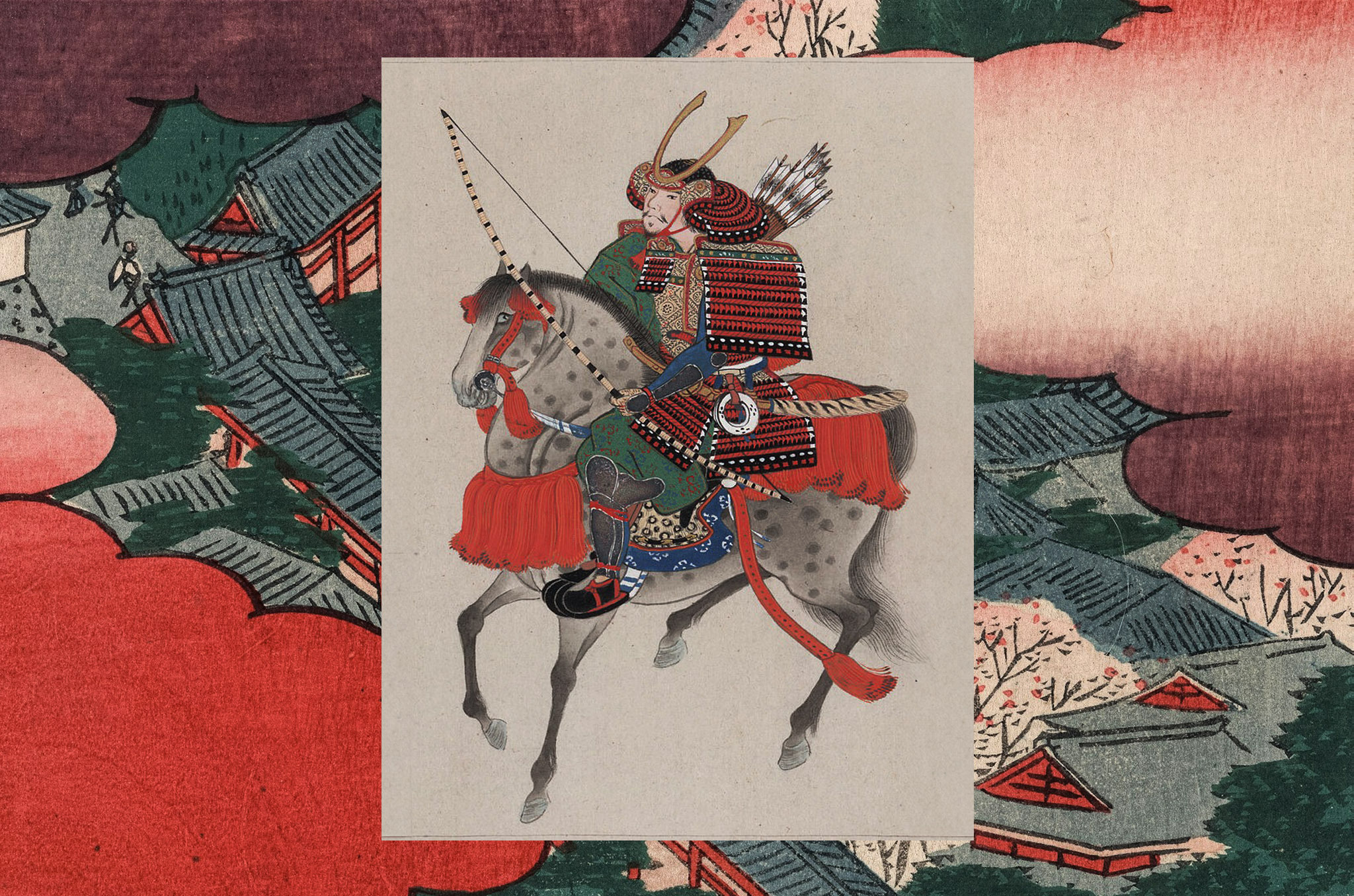Recently, Ubisoft announced that Assassin’s Creed Shadows, its upcoming game set in feudal Japan, will feature a character based on Yasuke, the real-life Black samurai in the service of warlord Oda Nobunaga. Then there’s the popular Shogun miniseries about the fictionalized life of Tokugawa Ieyasu and the Englishman William Adams (renamed to John Blackthorne), who was elevated to the status of samurai tasked with shipbuilding, translation and diplomatic duties. All in all, 2024 has been a watershed year for overturning people’s preconceptions about what the word “samurai” really means. Because samurai really were more than just warriors, and some of them weren’t Japanese. You already know about two of them. Here are three more.

Henry Schnell: The Machine Gun Samurai
Henry Schnell and his brother Edward were cosmopolitan people. Born in the early 1830s, they were of Dutch descent, grew up in Indonesia where they learned to speak Malay, served in the Prussian army and then came to Japan to sell firearms left over from the American Civil War.
The Schnells arrived in Japan in the 1860s, establishing themselves as arms dealers just in time for the start of the Boshin War (1868–1869), which sought to overthrow the Tokugawa shogunate and restore the emperor to power. At the time, Henry Schnell secured a position for himself as advisor to the lord of Nagaoka in Niigata, to whom he sold two Gatling guns (an early form of machine gun). The brothers also supplied pistols, rifles, and even cannons to the Aizu Domain in northeastern Japan, where they eventually moved to act as firearms instructors.
It was there that Henry Schnell established a close relationship with Matsudaira Katamori, lord of the Aizu Domain. Katamori was so fond of Henry that he bestowed upon him a Japanese surname, Hiramatsu, which was an inversion of the kanji in Matsudaira, a sign of great honor. The newly-minted Hiramatsu Buhei also received a house, land and the right to carry swords, fulfilling every requirement to be classified as a samurai.
At the end of the war, Scnhell took his Japanese wife and a few samurai families and moved to California to establish a silk and tea plantation. The enterprise unfortunately failed, and he disappeared with his whole family, never to be seen again. However, the residents of the colony became the original Japanese settlers of California, with his second daughter, Mary, possibly being the first person of Japanese heritage to be born in the United States. Today, some of the oldest Japanese-American families in California can trace their roots to a plantation started by the foreign samurai Henry Schnell.

Giuseppe di Chiara: The Reluctant Priest Samurai
In 1643, missionary Giuseppe di Chiara arrived in Japan to find fellow priest Cristóvão Ferreira, who had apostatized after being subjected to the tsurushi torture of being hanged upside down and lowered into a pit above a layer of filth and excrement. The punishment, which also involved a cut on the head to make the victim woozy, was especially designed to break the spirits of Christians back when the religion was illegal in Japan.
Even so, renouncing one’s faith, no matter the circumstances, was a serious matter for the Catholic Church, which is why they dispatched Chiara to investigate. He found out what happened firsthand after being immediately arrested and tortured. He spent the rest of his life in Japan under house arrest, carrying out orders of the shogunate, such as investigating foreign cargo to make sure nobody was smuggling Christian artifacts into the country.
Chiara’s story was immortalized by Shusaku Endo’s Silence, later turned into a hit movie by Martin Scorsese, with the role of the Chiara stand-in being played by Andrew Garfield. The movie also shows the character being assigned a Japanese wife by the government, which did happen in real life. What’s interesting, though, is that the woman was the widow of Okamoto San’emon, an executed samurai, and Chiara didn’t just get his wife. He also got the man’s name. And since Okamoto was never officially stripped of his samurai status, some argue that by being ordered to marry his widow, Chiara was made a samurai himself.
Other details that support this theory include Chiara being made a direct retainer of Tokugawa Iemitsu and (later) Ietsuna, much like William Adams with Ieyasu. Later, Chiara was also officially given the title of metsuke, or government inspector, who were usually made up of lower-rank samurai. On their own, every argument that Giuseppe di Chiara was a samurai is a little thin, but taken together, they point to the likelihood that there once was a priest samurai.

Ran Kaiei: The Only Chinese Samurai in History
Around 1644, a combination of famine, drought and government collapse that was years in the making resulted in the overthrow of the Ming Dynasty in China. The turmoil that ensued convinced Ran Kaiei, a high-ranking government official, that staying in China would be bad for his health so he fled across the water to Japan.
He arrived at the Satsuma Domain on Kyushu right when Japan was entering its isolationist period that outlawed contact and trade with foreign nations outside a few designated ports. However, this did not apply to the Kingdom of Ryukyu (Okinawa), a tributary state of China, which in 1609 was conquered by the Shimazu clan of Satsuma. This put the domain in a unique position as the only place in Japan able to trade with China. All that was needed was a reliable translator and someone familiar with Chinese culture and politics.
Kaiei was quickly embraced by the lords of Satsuma, who put him to work assessing the quality of Chinese goods and tributes from the Kingdom of Ryukyu, negotiating on the domain’s behalf, while also maintaining proper diplomatic relations. For his services, he was made a retainer of the Shimazu with a rice stipend and the right to carry two swords, making him the first and only Chinese samurai on record. He was also allowed to choose a Japanese surname, ultimately going with Kawaminami. Now known as Kawaminami Genbei, he created a mercantile dynasty that greatly contributed to the wealth of his new home.
The Satsuma Domain was prosperous before Kaiei, but with his help, its power grew immensely, allowing the Shimazu clan to become instrumental to the success of the Meiji Restoration and the Boshin War that ended the shogunate, put the emperor back in power and laid the foundation for the democratization of Japan.









